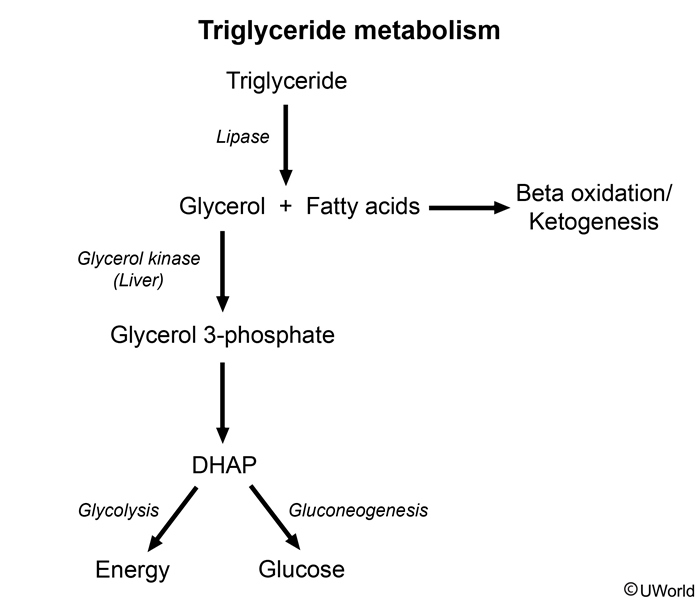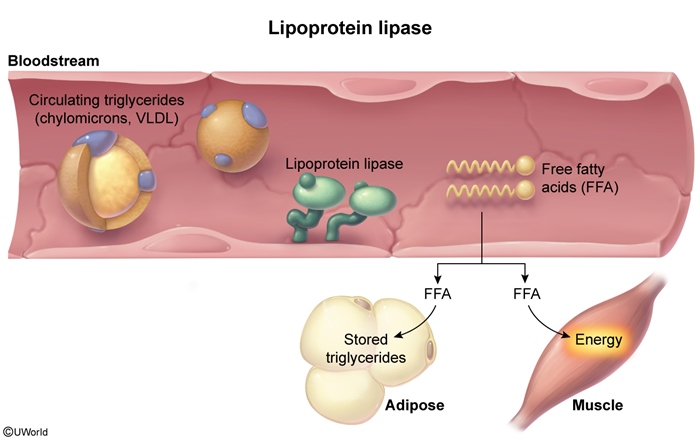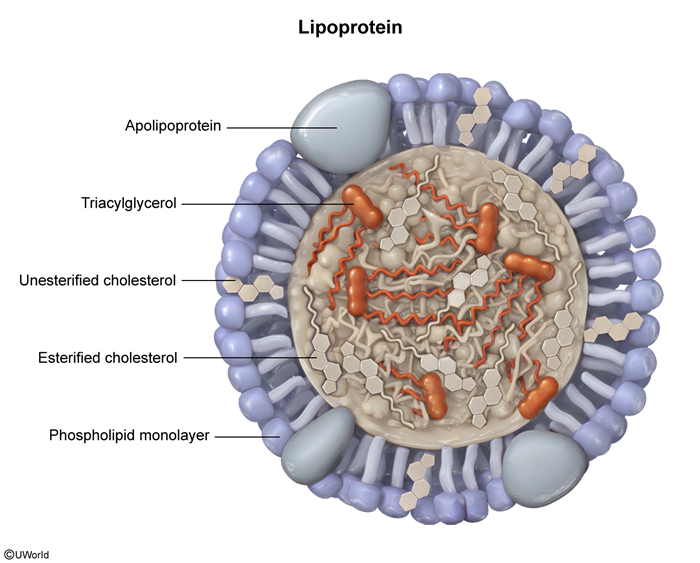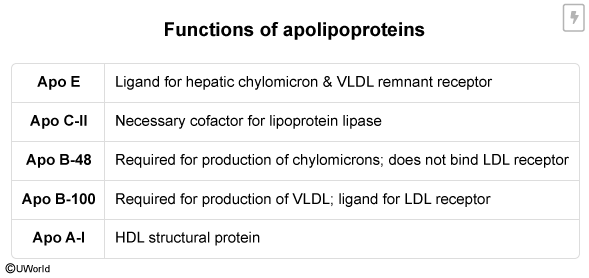Lipid Metabolism And Overview Of Dyslipidemias
Article Sections
Introduction
Dyslipidemias are disorders characterized by abnormal lipid levels in the blood, including cholesterol, triglycerides (TGs), and lipoproteins. These abnormalities are often chronic and are frequently associated with complications, including atherosclerotic cardiovascular disease (ASCVD). Dyslipidemias most commonly arise from interactions between genetic and environmental factors but also can be inherited in a monogenic fashion (familial disorders). This article discusses lipid classification and metabolism, etiology of dyslipidemias and complications including atherosclerosis, and clinical presentation and screening. Management of dyslipidemia is presented in a separate article.
Main categories of lipids
Lipids discussed in this article include cholesterol and TGs; because they are insoluble, lipids are carried within lipoproteins. This section provides an overview of cholesterol, TGs, and lipoproteins (with their associated surface apolipoproteins).
Cholesterol- Synthesis: Cholesterol is endogenously synthesized or consumed through diet. It is most commonly synthesized in the liver and intestines; the rate-limiting step is the conversion of HMG-CoA to mevalonate by the enzyme HMG-CoA reductase (
Continue Learning with UWorld
Get the full Lipid Metabolism And Overview Of Dyslipidemias article plus rich visuals, real-world cases, and in-depth insights from medical experts, all available through the UWorld Medical Library.
Figures




